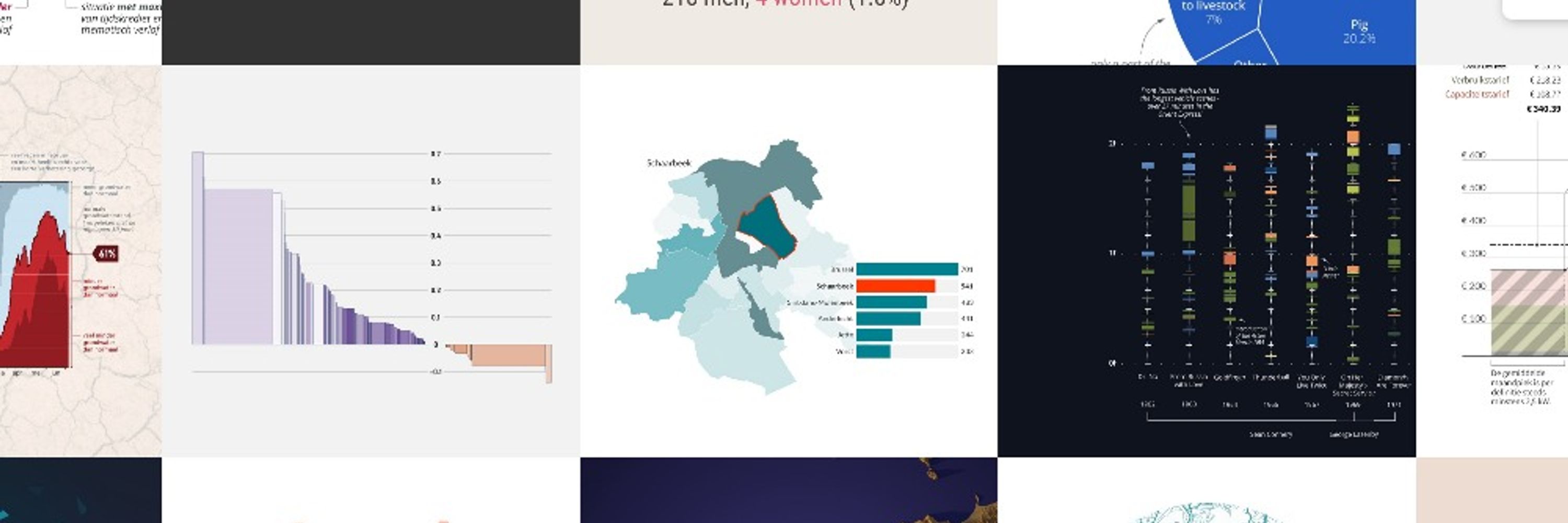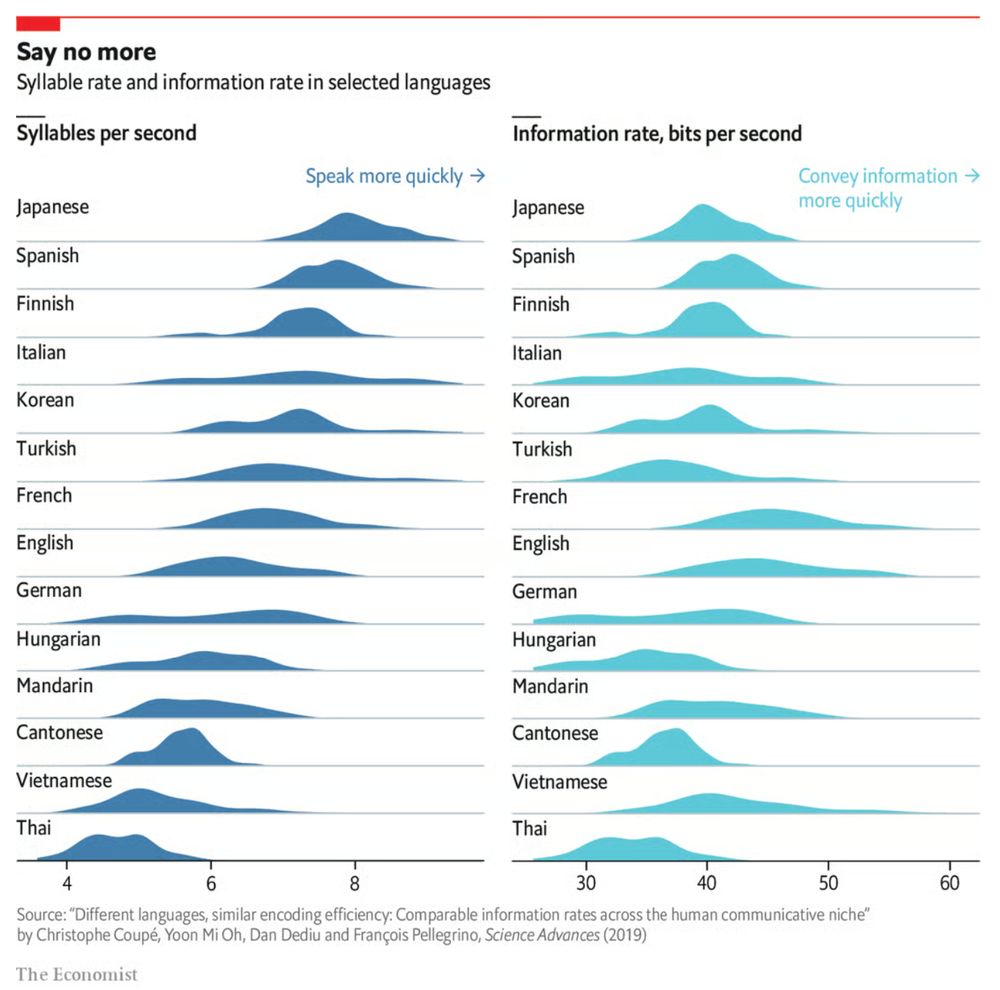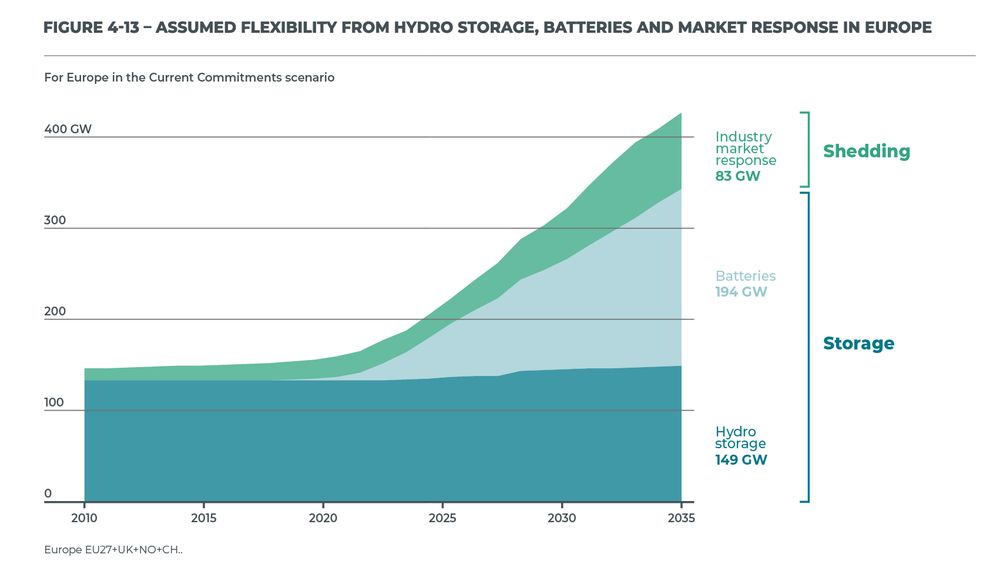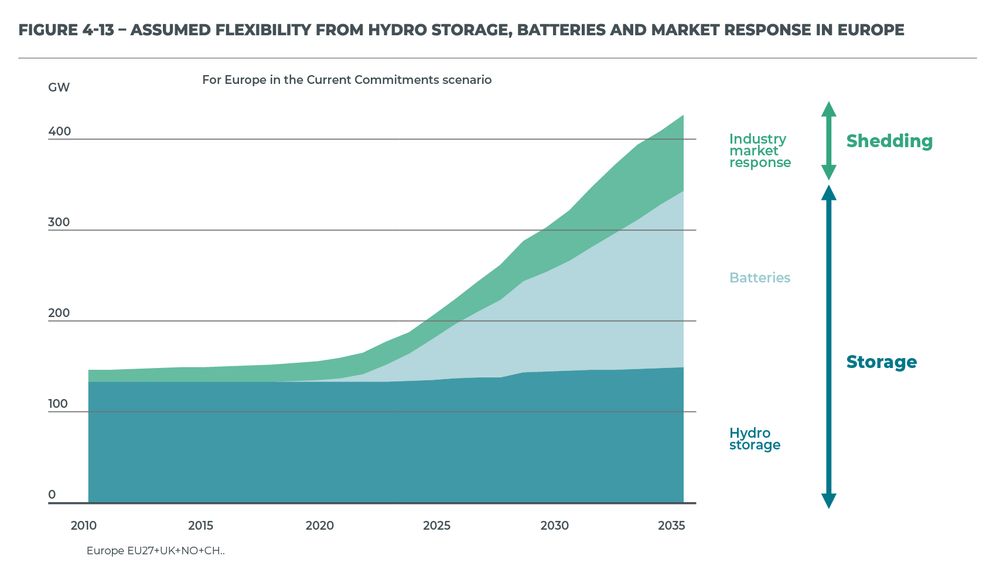Koen Van den Eeckhout
@vandeneeckhoutkoen.bsky.social
1.7K followers
170 following
370 posts
📊 Turning complex data into powerful visual stories!
Author of 'Powerful Charts'. Ex-physicist. He/him 🏳️🌈
Posts
Media
Videos
Starter Packs
Pinned














